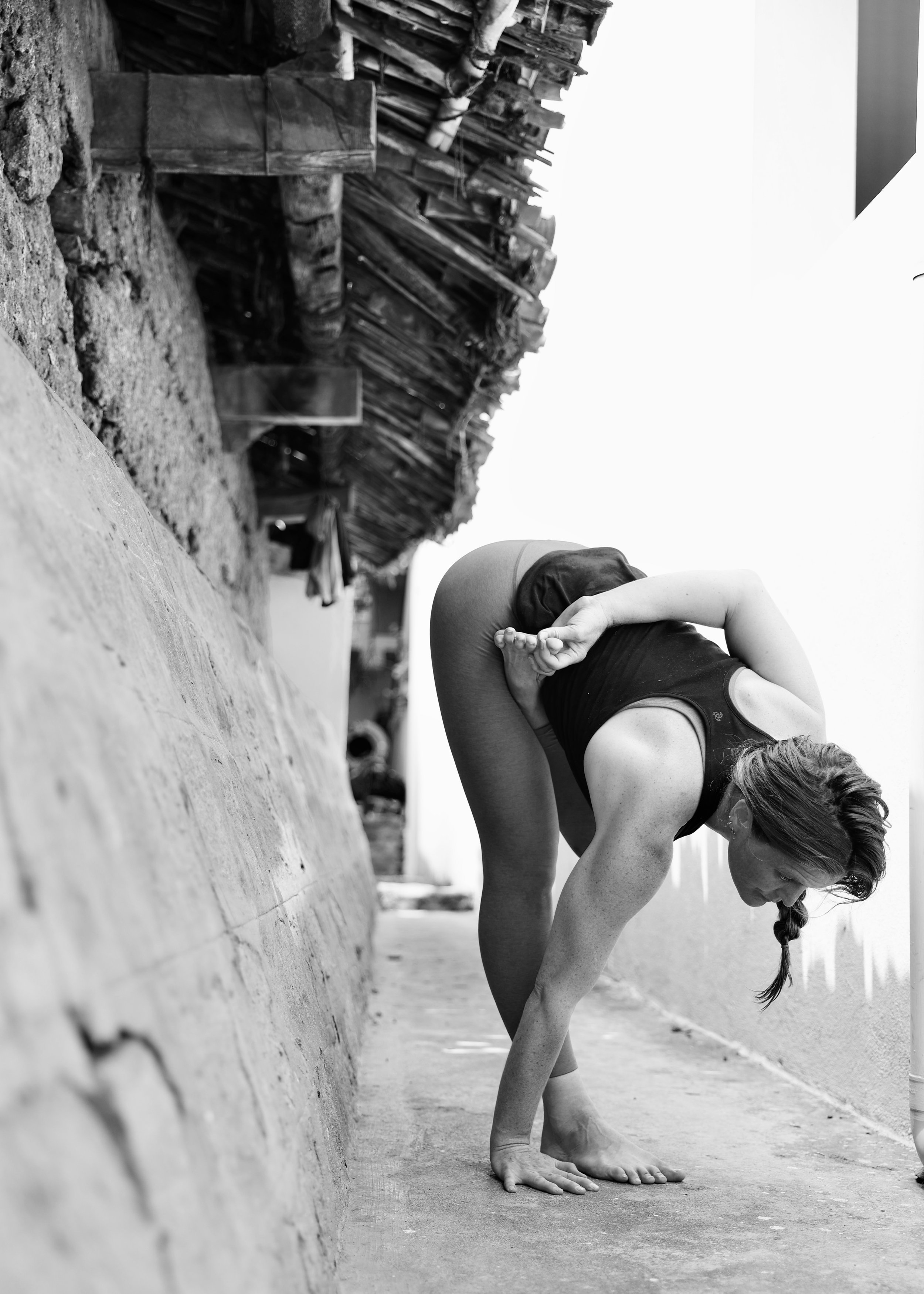Ashtanga Yoga
Through the practice of the limbs of yoga, whereby impurities are gradually destroyed, illuminating knowledge leads to discerning awareness [of our true nature].
- Patañjali Yoga Sūtra II.28
MYSore ASHTANGA Vinyasa Yoga




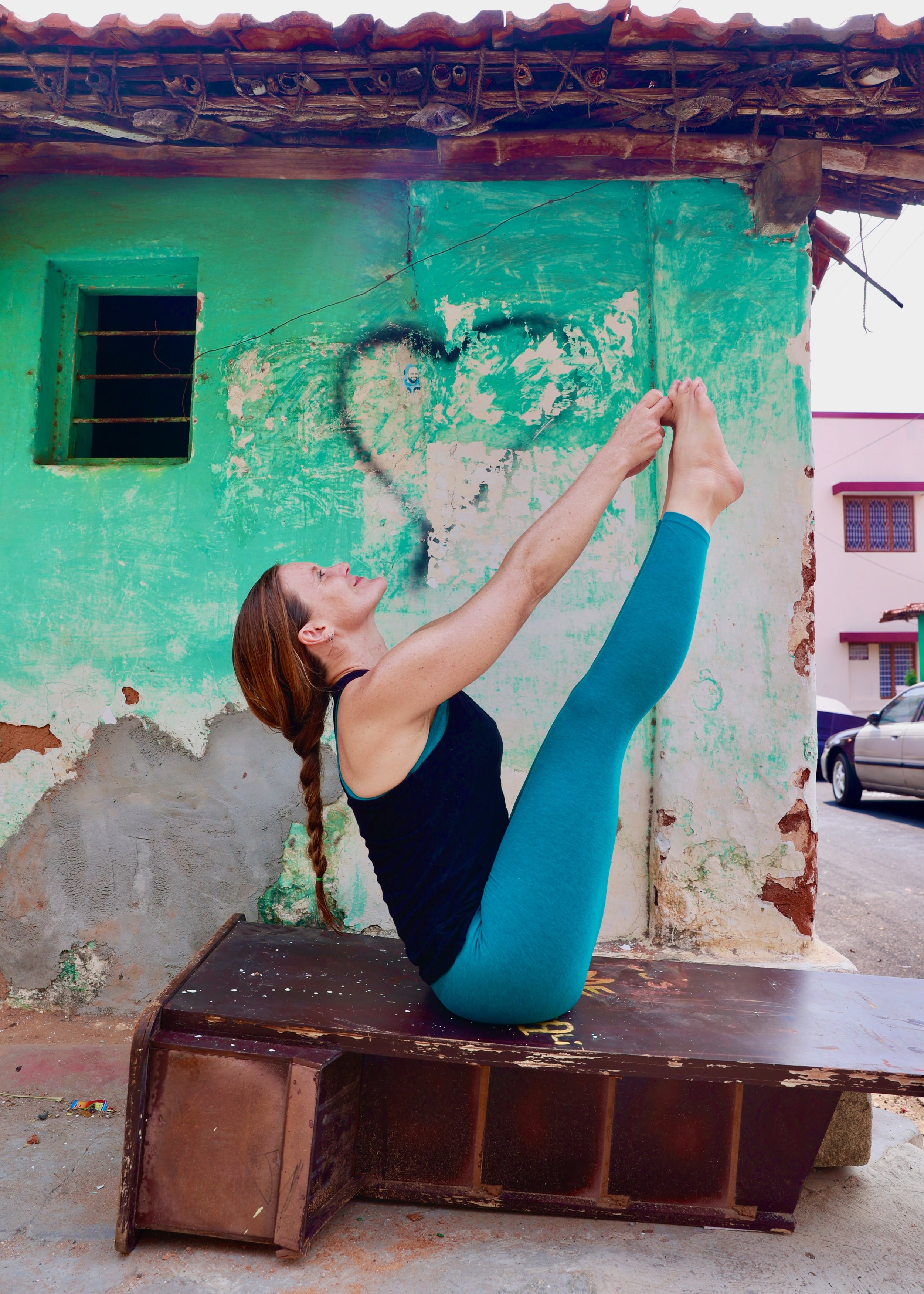





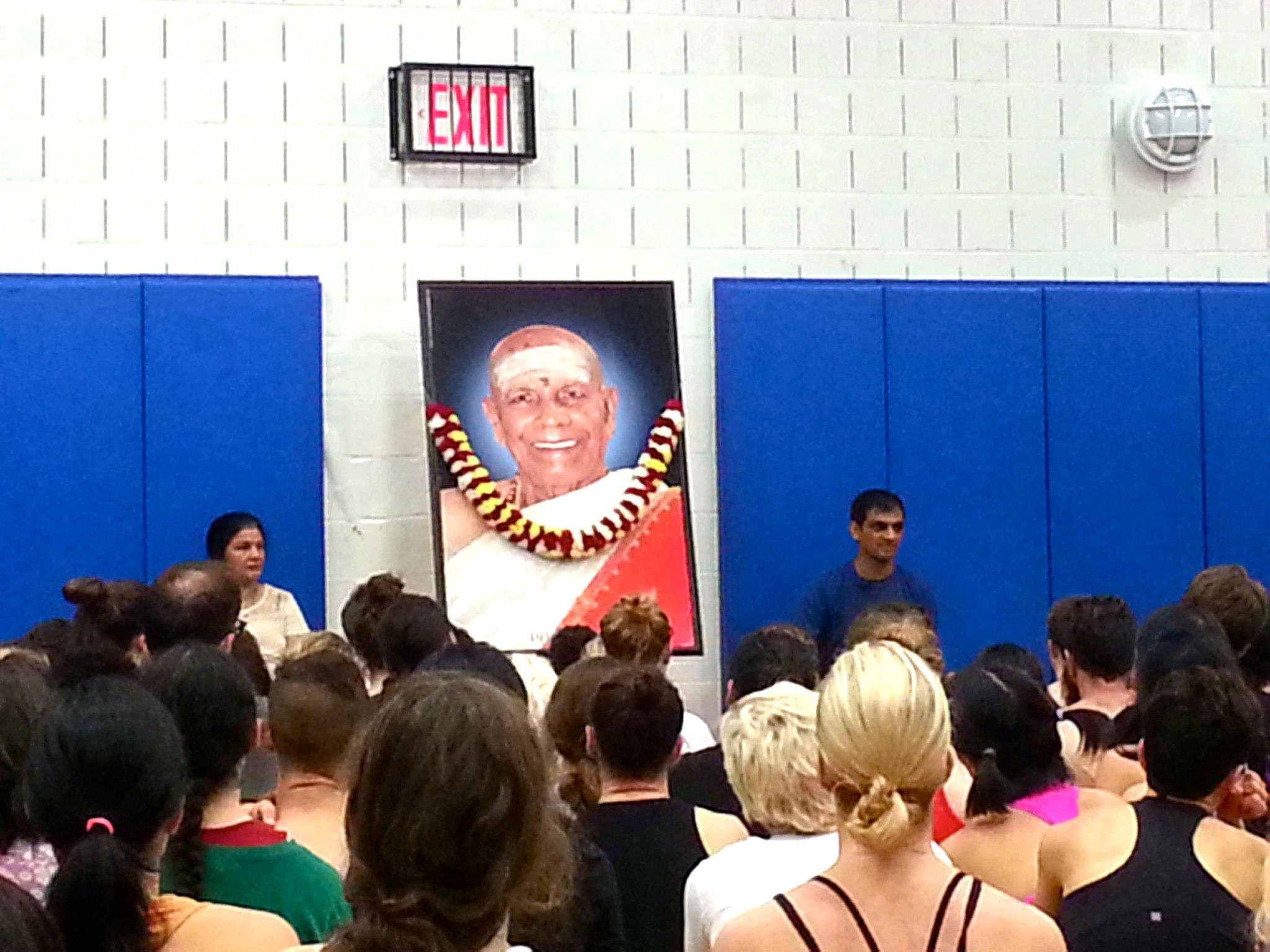

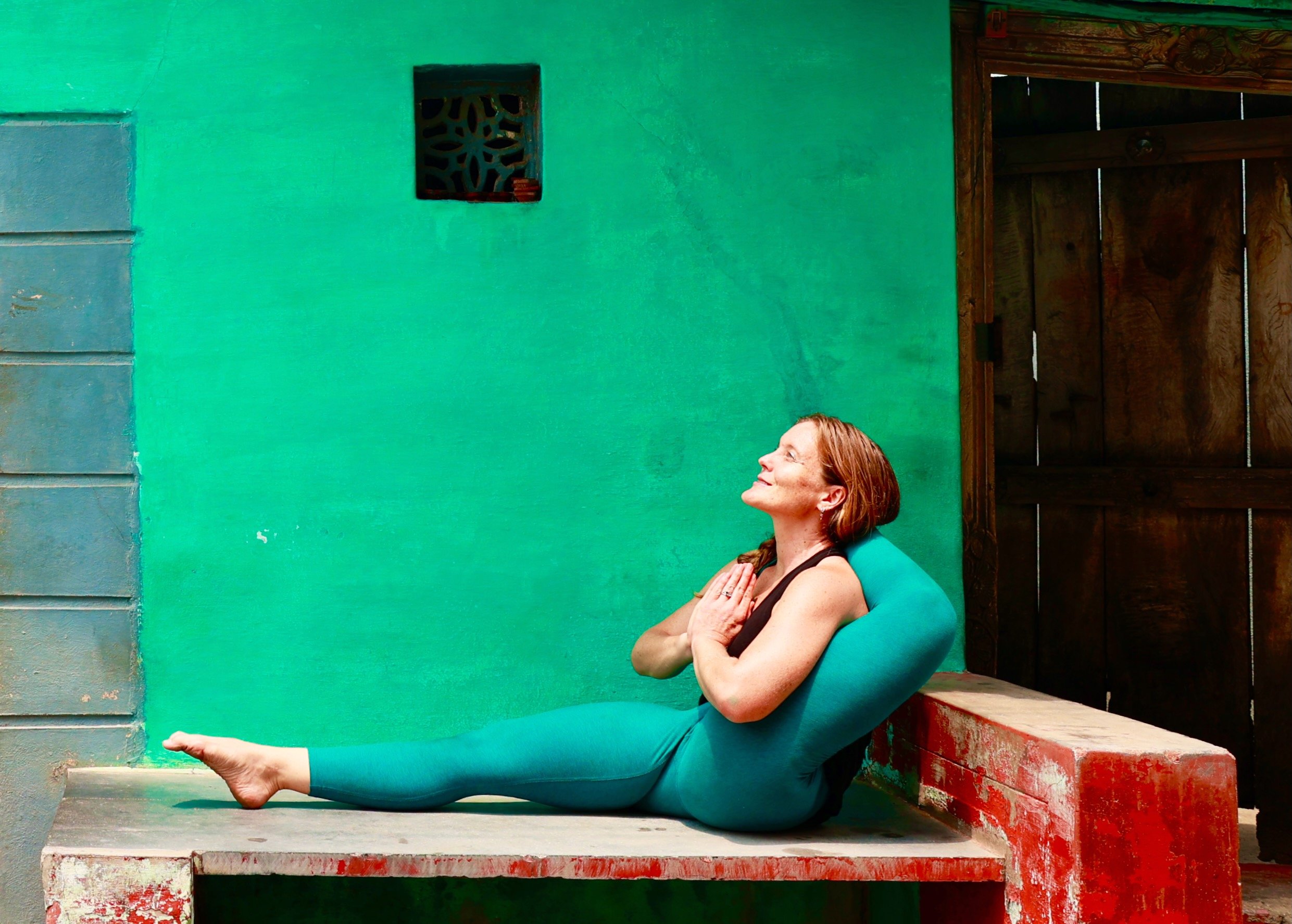


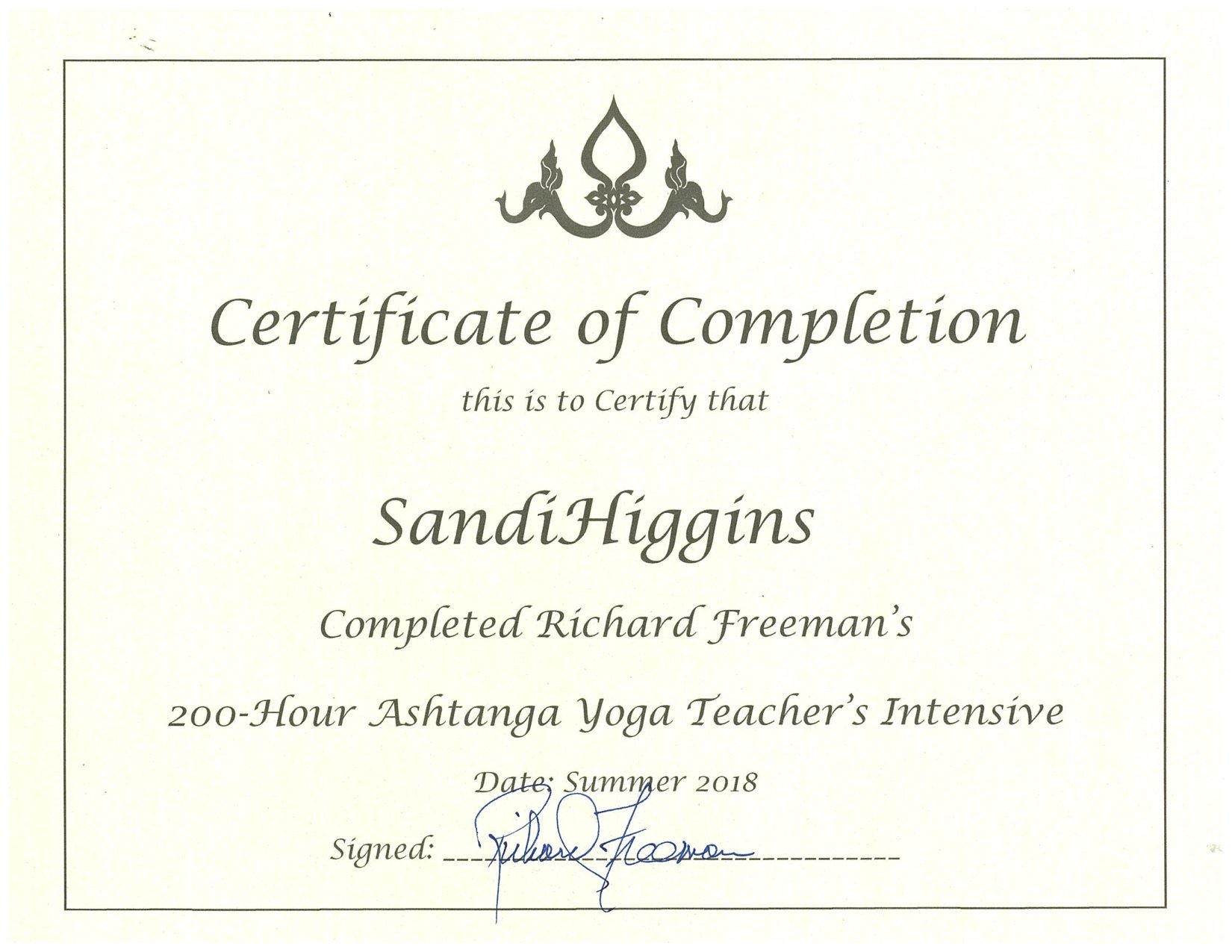
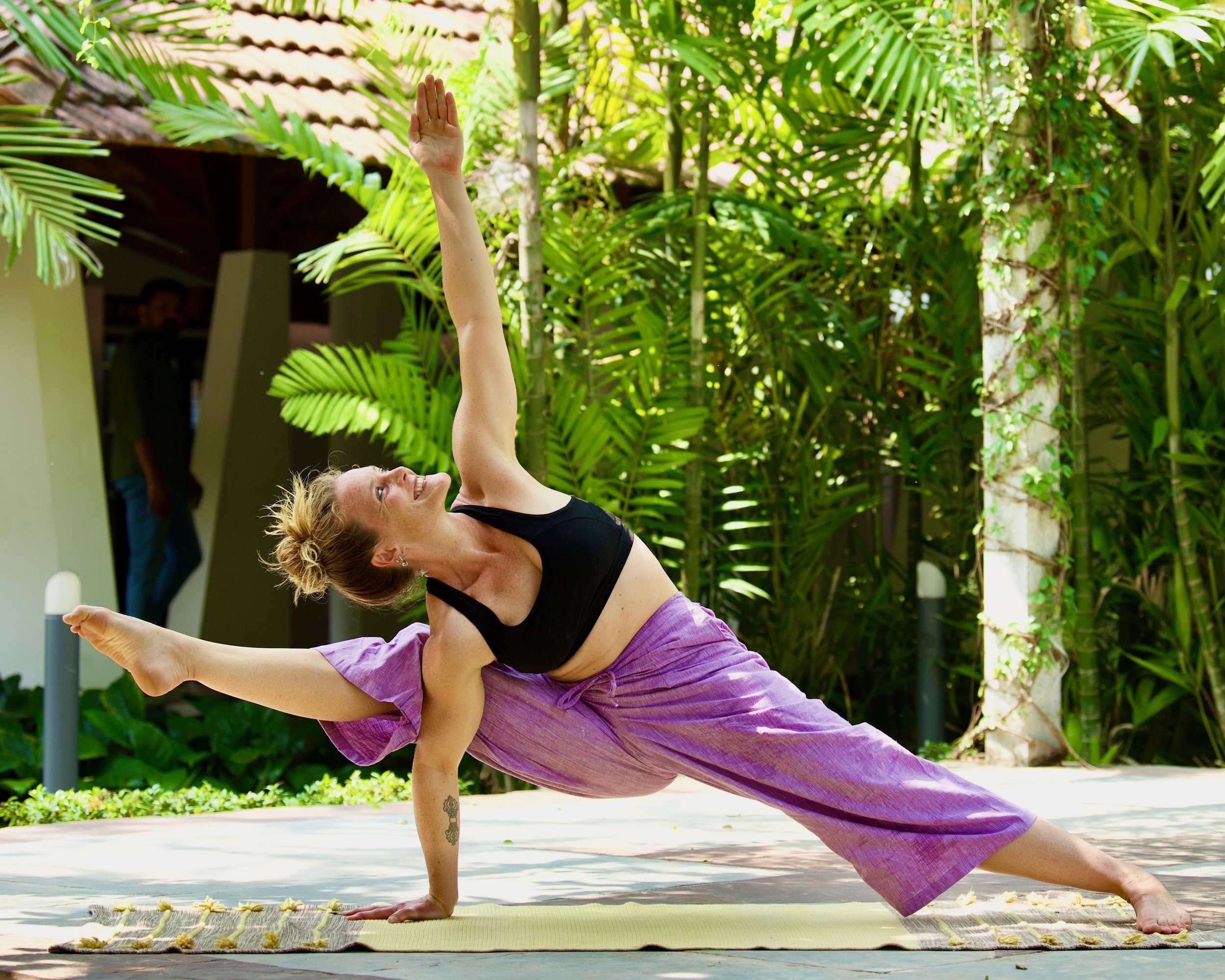

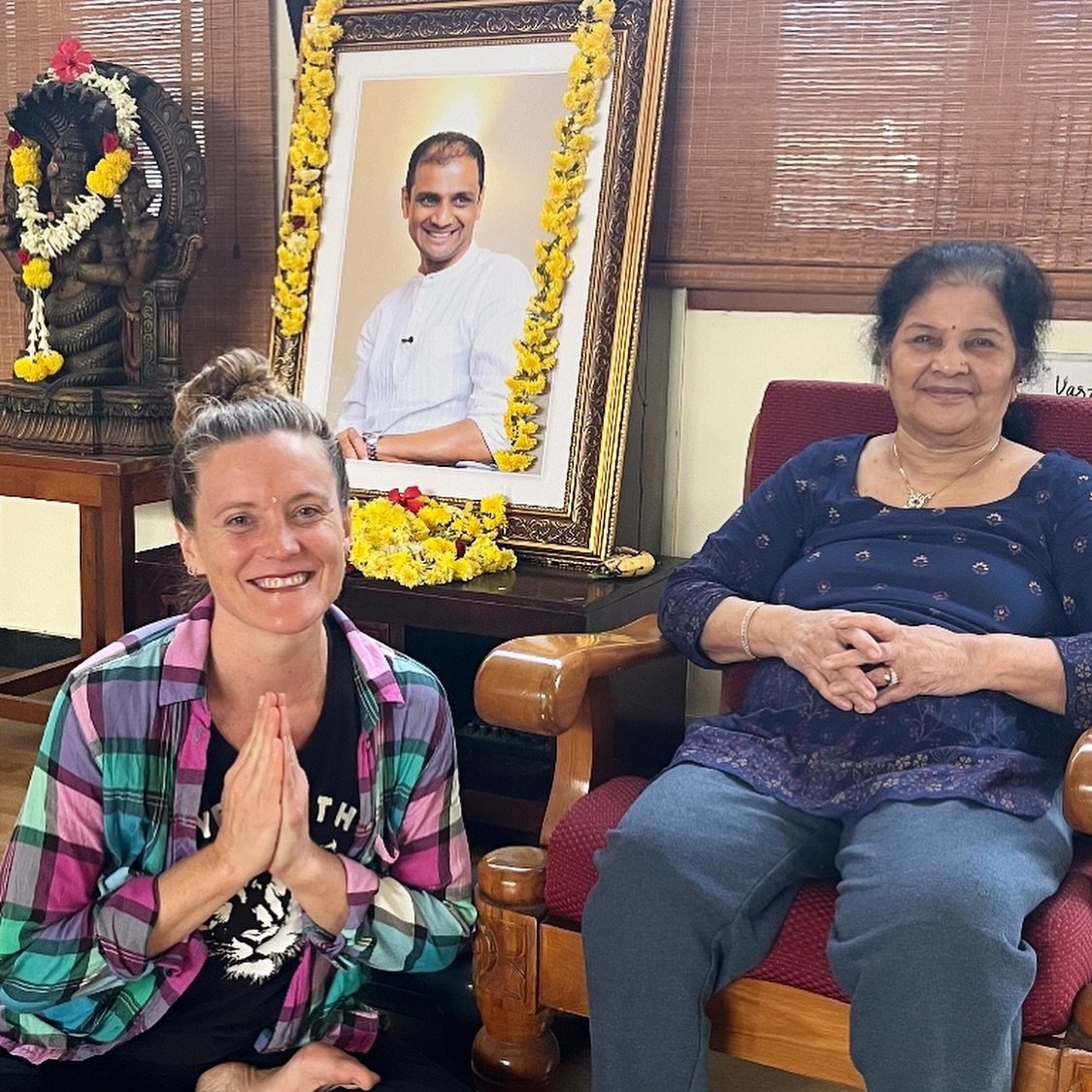
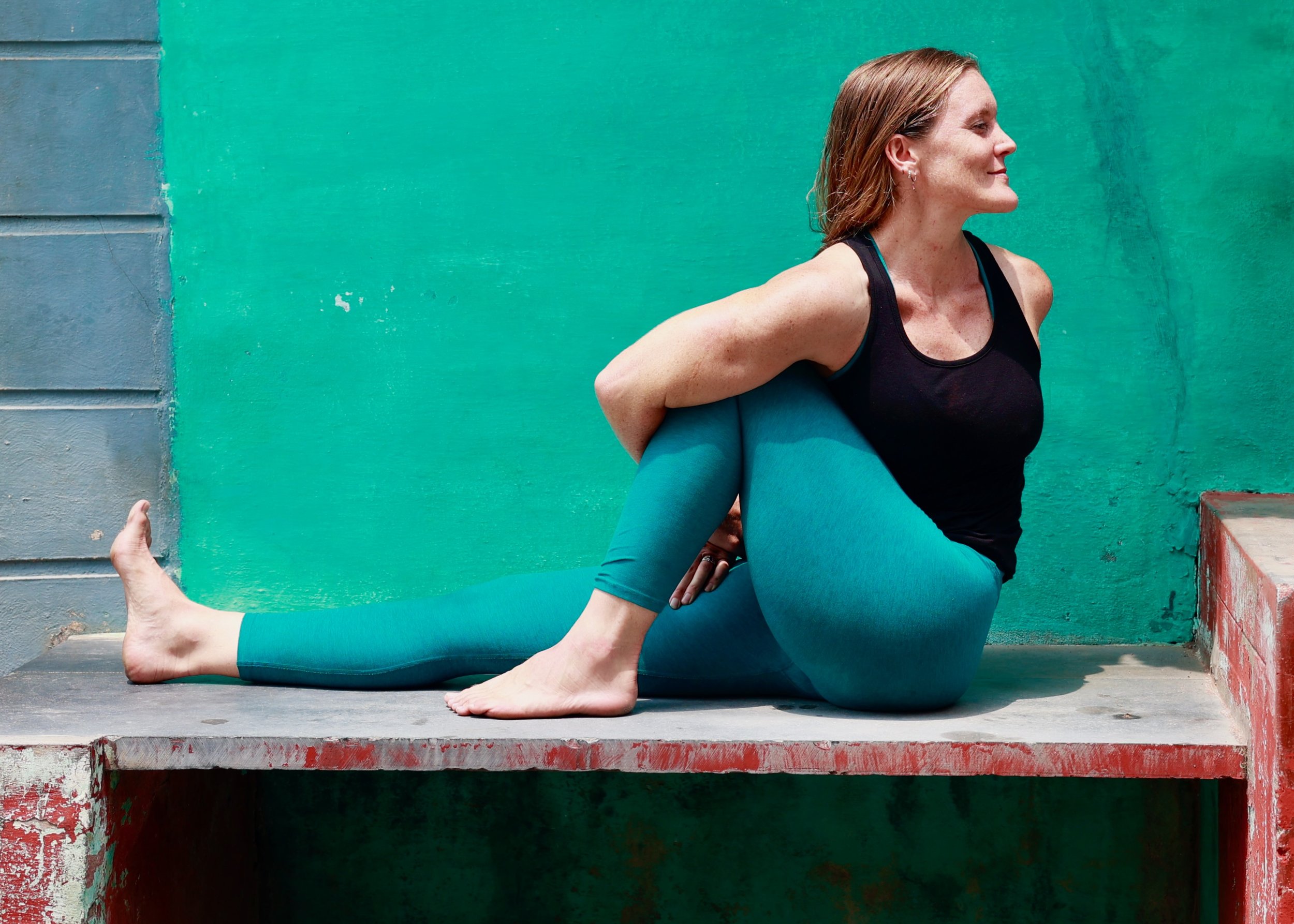


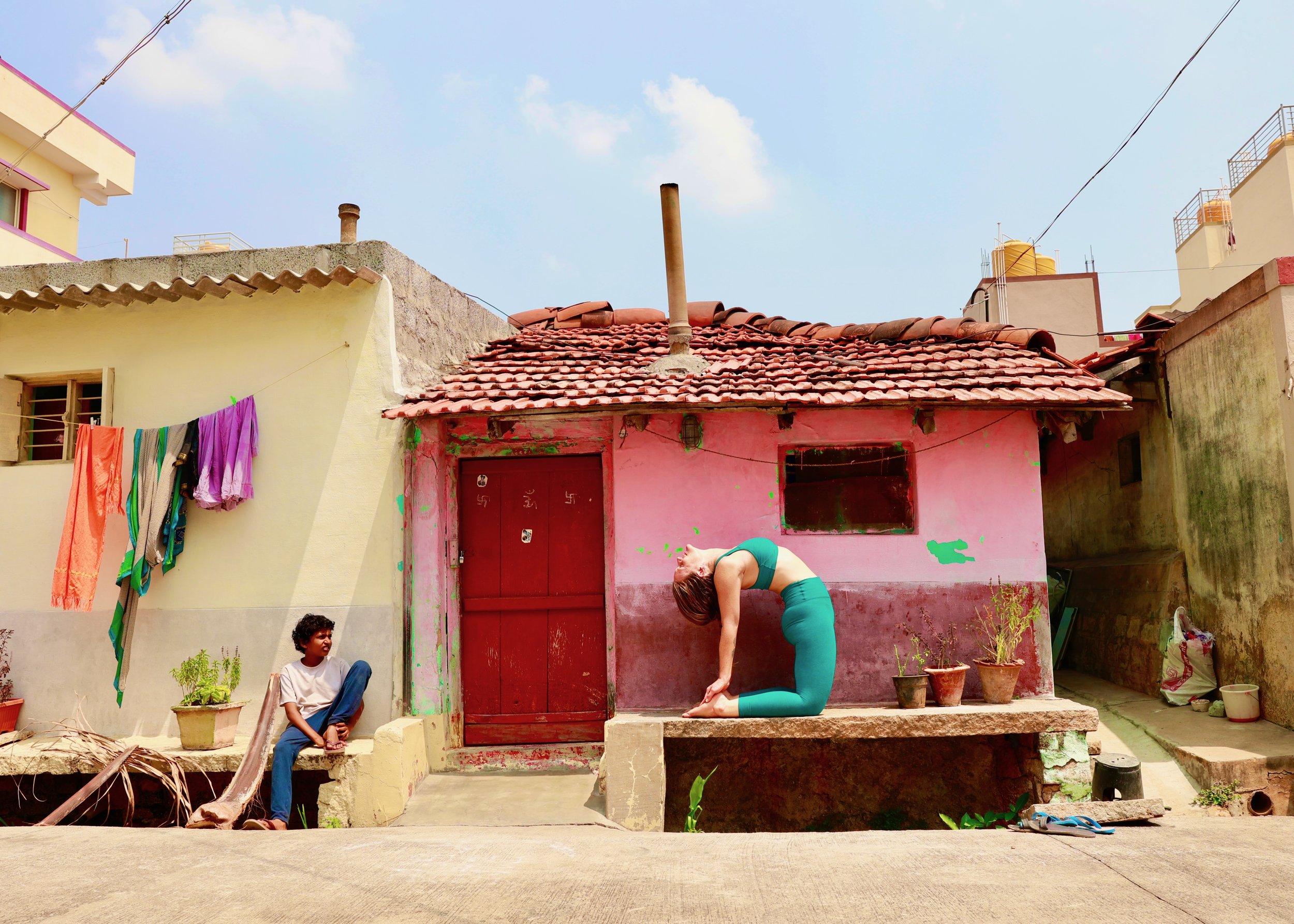
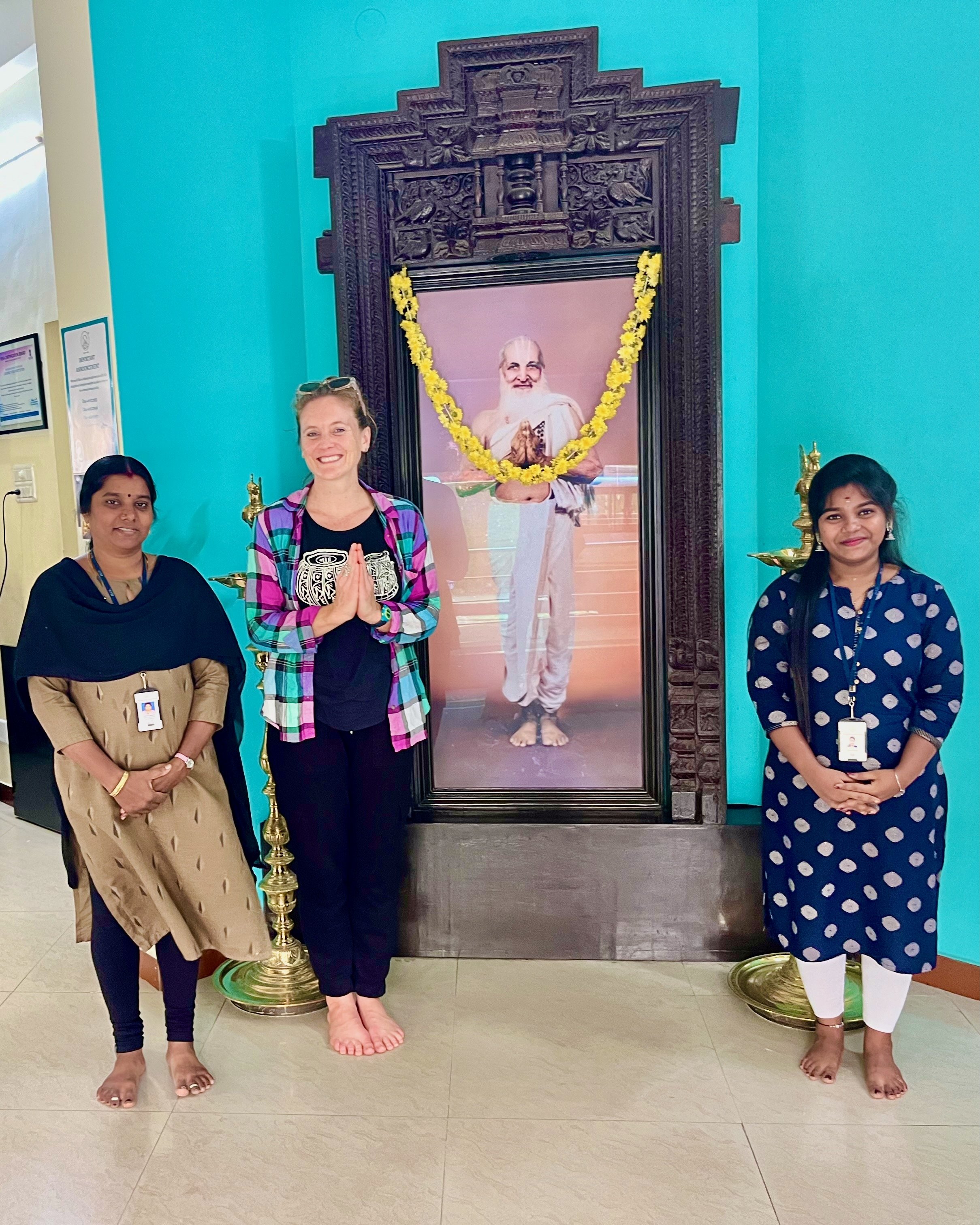


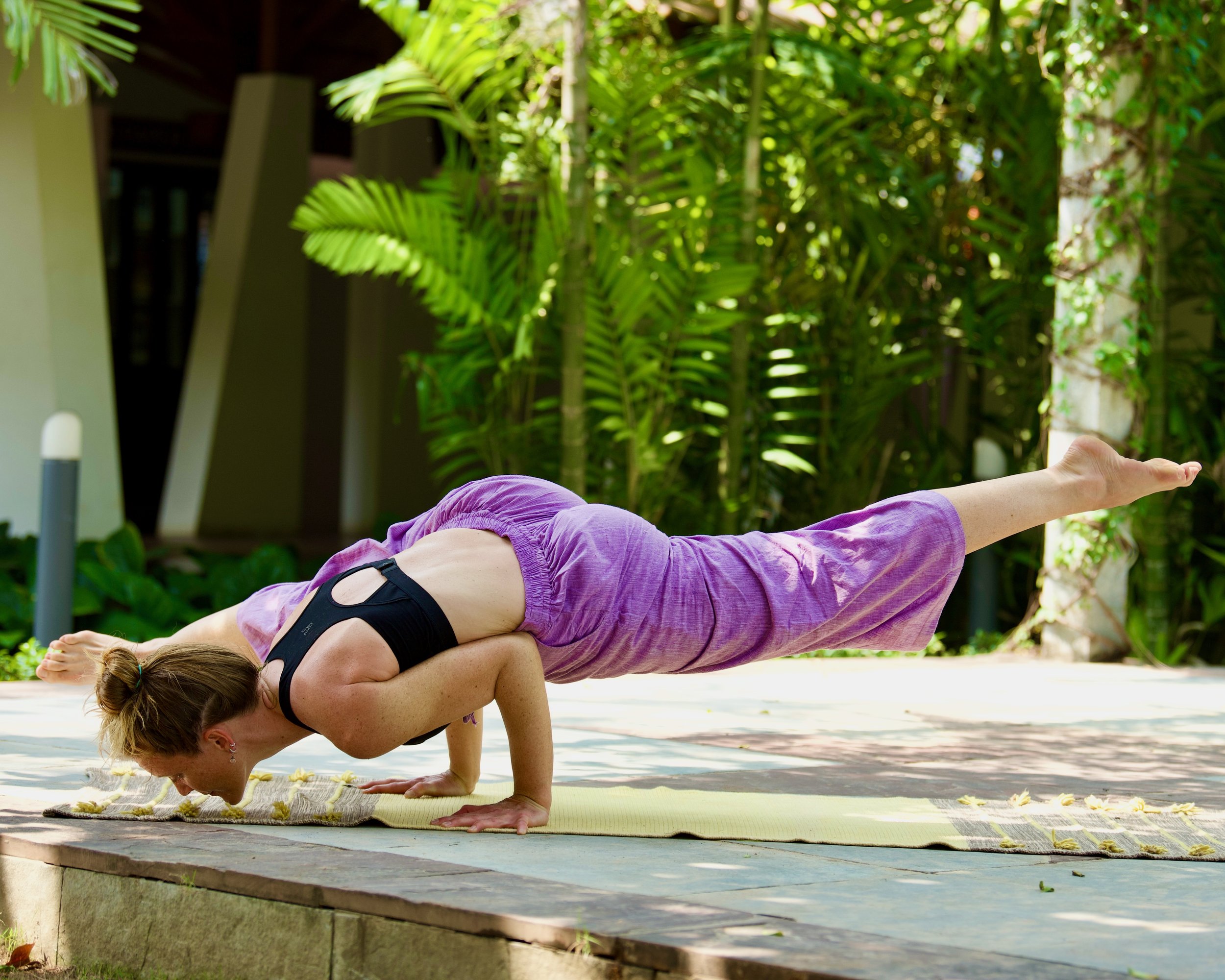
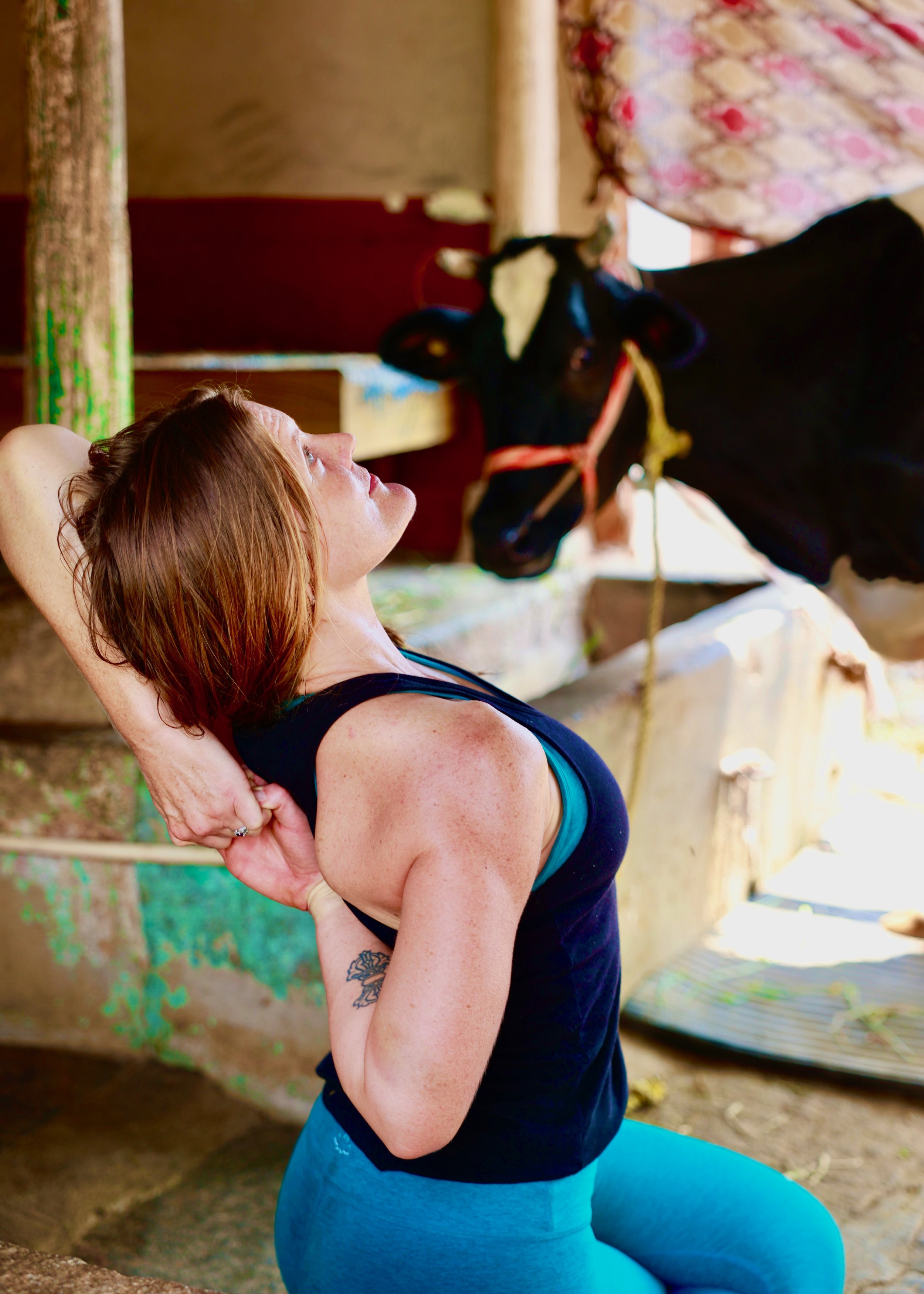





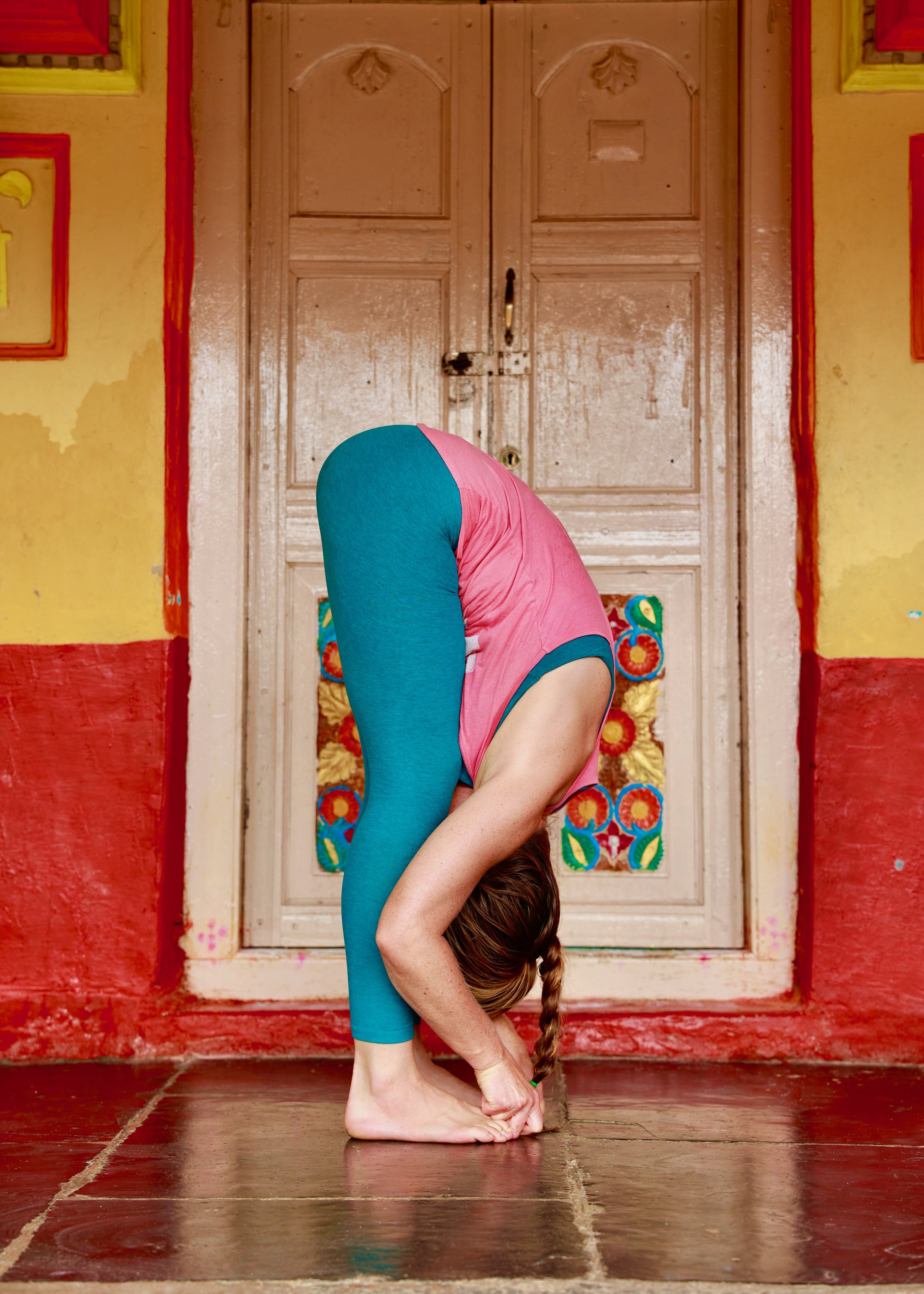

Restraints, observances, postures, expansion of life energy, sense withdrawal, concentration, contemplation, and meditation are the eight limbs [ashtanga] of yoga.
- Patañjali Yoga Sūtra II.29
CLASSES WITH SANDI
JUST FOR BEGINNERs:
Intro to Mysore Ashtanga Yoga
— ROOFTOP CLASSES IN GOKULAM —
Now - May 2nd*
Monday, Wednesday, Friday
12—1:15pm IST (Mysuru)
*No class on Monday, April 28th
Suggested donation 500 INR / class
What is Ashtanga Yoga?
Ashtanga Yoga blends the contemporary mind-body-breath practice of Vinyasa with the ancient and perennial philosophy of the Patañjali yoga sutras. It offers a dynamic meditative path for those who wish to be physically fit, mentally stable, and spiritually motivated, without having to renounce the world as a sanyasi or a monastic. The Mysore tradition of Ashtanga Yoga is a householder lineage that prioritizes yoga practice and spiritual aspirations amidst the nitty gritty of personal relationships and everyday social realities — a middle way between renouncing worldly concerns and fully embracing worldly experiences.
What is the MYSORE Tradition?
Ashtanga Yoga as developed in the 20th century by Sri K. Pattabhi Jois (1915-2009) in Mysore, South India is a dynamic moving meditation system rooted in the Vinyasa methodology founded by Sri T. Krishnamacharya (1888-1989). This methodology is based on the concept of tristhana, or 3 dwelling places, to harmonize in practice: breath (pranayama), body (asana & bandha), and mind (drishti). Ashtanga practice follows set series of postures and transitions codified principally as the Primary (Yoga Chikitsa), Intermediate (Nadi Shodhana), and Advanced (Sthira Bhaga) series. All students begin with the Primary Series and progress gradually at their own pace under a qualified teacher’s assistance and guidance. The aim of the practice isn’t to master every pose or even complete every series, but to use the methodology as a tool for inner awakening and self-realization. For many, the Primary Series alone is a sufficient challenge and offers a lifelong mirror into the self. The real journey of Ashtanga isn’t about how far you go with postures on the mat, but how deeply you realize your true nature in your lifetime.
Because of its birthplace in the city of Mysore, South India, the Ashtanga Yoga tradition established by Jois is known as Mysore Ashtanga Vinyasa Yoga and sometimes classes are just called: Mysore. Mysore classes are the heart of Ashtanga Vinyasa Yoga and offer a powerful, steady, and personal way to learn that is distinctly meditative. In Mysore class, everyone moves through their sequence at their own rhythm following their mind-body memory with individualized support from the teacher. It’s less about performing and more about showing up—day by day, breath by breath. The room is calm, focused, and full of people doing their own inner work, together.
What is its ANCIENT PHILOSOPHY?
The Yoga Sūtras of Patañjali are a foundational text for many yogic traditions. The word sutra means “thread,” and these short, potent verses weave together a tapestry of spiritual wisdom that has guided practitioners for thousands of years. Though the exact date of their composition is unknown—somewhere between 500 BCE and 500 CE—they reflect a rich oral tradition passed down from teacher to student in the guru–shishya parampara, long before they were compiled into written form by Patañjali.
One of the most profound qualities of the yoga sutras is their universality. They offer instructions for progressing on a spiritual path without being tied to any one religion. The practitioner is free to choose their own form of the divine, or none at all. The sutras recognize that yoga is a tool for deepening one’s relationship with the sacred—however one defines it. This is part of what makes the text so enduring and adaptable across cultures and faiths.
Within the sutras, Patañjali outlines the eight limbs of Ashtanga Yoga (ashta = eight, anga = limb): yama (ethical restraints), niyama (personal observances), asana (postures), pranayama (expansion of vital energy), pratyahara (withdrawal of the senses), dharana (concentration), dhyana (contemplation), and samadhi (meditation). These limbs are not rigid rules, but an evolving path—a structure that supports inner transformation.
As Krishnamacharya described, the Ashtanga journey is like climbing a hill to reach a temple: each step brings its own insights and rewards. With steady practice, we’re invited to transform not just our bodies and minds, but our relationship with ourselves, with others, and with the divine—however we understand it. Breath by breath, step by step, this ancient wisdom can lead us to clarity, connection, and ultimately, liberation.
Who’s It for?
Some people take the practice without the philosophy. Some take the philosophy without the practice. A true practitioner takes both. If you're drawn to quiet, grounded, mind-body exploration that honors traditional wisdom and personal development, Mysore Ashtanga Vinyasa Yoga may be exactly what you’re looking for. This is a practice for people who want more than just a workout at the surface level — it’s for those seeking a path of inner work and steady transformation.
You do not need to be strong or flexible to begin. If you can breathe and move your body you can begin, exactly as you are. What you do need is respect for the learning process—a willingness to go slow, to be patient with yourself and your teacher, and trust that progress unfolds over time. In a Mysore room, there’s no rush. You move at your own pace, guided individually by the teacher, learning one posture at a time as your body-mind and breath are ready.
It isn’t a fast track or a flashy performance (despite its appearances on social media). It’s a humble yet powerful commitment to show up—day by day, breath by breath—to allow the practice to teach you something deeper.
If you value structure, self-inquiry, and a method that meets you where you are but doesn’t leave you there, then yes—this path is for you.
MYSORE Ashtanga Yoga Opening SANSKRIT MANTRA
Oṃ
vande gurūṇāṁ caraṇāravinde
saṁdarśitasvātma sukhāvabodhe
niḥśreyase jāṅgalikāyamāne
saṁsāra hālāhala moha śāntyai
-
ābāhu puruṣākāraṁ
śaṅkha cakrāsi dhāriṇaṁ
sahasra śirsamaṃ śvetamaṃ
praṇamāmi patañjalim
Oṃ śāntiḥ śāntiḥ śāntiḥ Oṃ
I bow at the lotus feet of the Gurus
and behold the awakened joy of my soul,
the ultimate refuge, the jungle doctor (shaman),
pacifying the poisonous delusion of repetitive existence.
I bow to Patañjali who has thousands
of luminous white heads (as the divine serpent, Ananta)
and who has assumed the upper body of a human being,
holding a conch (divine sound),
a discus (wheel of time), and a sword (discerning wisdom).
Om peace, peace, peace, Om
~
MYSORE Ashtanga Yoga CLOSING SANSKRIT MANTRA
Oṃ
svasti prajābhyaḥ paripālayantāṃ
nyāyena mārgeṇa mahīṃ mahīśāḥ
go-brāhmanebhyaḥ śubhamastu nityaṃ
lokāḥ samastāḥ sukhino bhavantu
Oṃ śāntiḥ śāntiḥ śāntiḥ Oṃ
May all be well with humankind.
May the leaders of the Earth protect it and all beings
by keeping to the just and virtuous path.
May there be perpetual joy for those who know the Earth to be sacred.
May all the worlds be happy.
Om peace peace peace Om.


